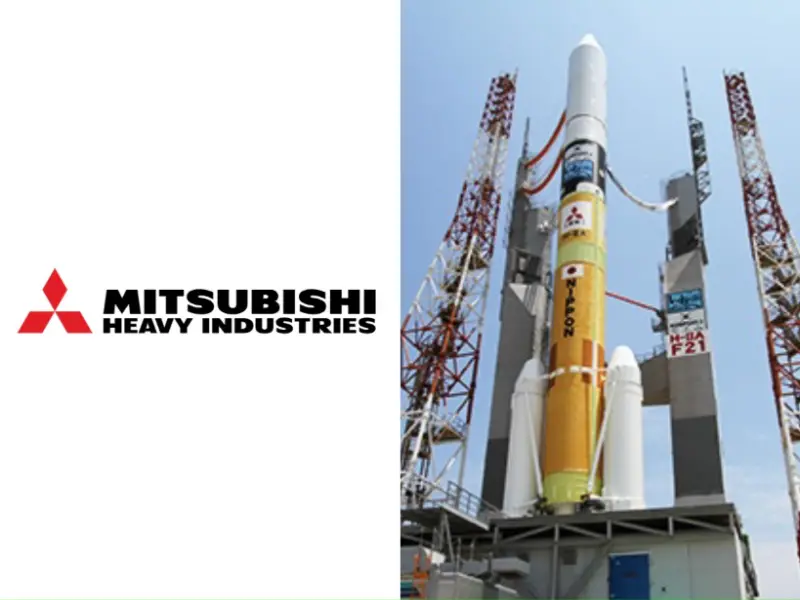- Mitsubishi Heavy Industries celebrated Japan’s 48th successful H-IIA rocket launch with the coveted “Optical-8” satellite. Yet, uncertainty looms as Japan navigates a pivotal moment.
- The decision to retire H-IIA after two more launches and introduce H3, marred by H3’s prior setback, places Japan’s space ambitions at a critical juncture.
- As the aerospace community awaits H3’s Feb. 15 test, it becomes a litmus test—triumphant technological prowess or a shadow prompting strategic reevaluation. Japan stands at a cosmic crossroads.
Mitsubishi Heavy Industries celebrated the 48th successful launch of Japan’s flagship H-IIA rocket, carrying the coveted Information-Gathering Satellite “Optical-8.”
However, the jubilation is met with an undercurrent of uncertainty as Japan grapples with a pivotal moment in its rocket program.
Transition dilemmas: H-IIA’s last hurrah
The decision to retire the H-IIA after two more launches and introduce the H3 represents a strategic shift for Japan Aerospace Exploration Agency (JAXA). Yet, the transition has been marred by the haunting echoes of failure from the H3’s first test launch last year. The consequences of this setback are vividly portrayed by Professor Koichi Yonemoto, a respected figure in aerospace engineering at Tokyo University of Science.
Unveiling surprises: JAXA’s deliberate move
Professor Koichi Yonemoto of the Tokyo University of Science, who specialises in aerospace engineering, is surprised at JAXA’s decision to widen the investigation to the H-IIA resonates as a red flag in the aerospace community. “JAXA’s decision was surprising. The H3 and H-IIA’s second-stage engines have a lot in common. For JAXA, having a critical issue with equipment that has a proven track record must have come as a shock, forcing them to make the deliberate decision to expand the investigation to the H-IIA.”
JAXA’s decision was surprising. The H3 and H-IIA’s second-stage engines have a lot in common. For JAXA, having a critical issue with equipment that has a proven track record must have come as a shock, forcing them to make the deliberate decision to expand the investigation to the H-IIA
Professor Koichi Yonemoto of the Tokyo University of Science
Also read: South Korean President Yoon Suk Yeol and Japan’s Fumio Kishida set for tech cooperation roundtable
Metaphors in space: The seasoned warrior and the unforeseen scrutiny
Imagine the H-IIA as a veteran spacecraft, having served faithfully in numerous missions, now facing unexpected scrutiny. It’s akin to a seasoned warrior suddenly questioned for his reliability on the battlefield.
This unexpected turn of events raises concerns about the thoroughness of the technology assessment process and the potential hurdles in transitioning to the H3.
Cosmic anticipation: The countdown to H3’s second test launch
As the H3’s second test launch approaches on Feb. 15, the global aerospace community watches with bated breath. The outcome of this mission not only determines the fate of Japan’s space exploration ambitions but serves as a litmus test for the resilience of its rocket program.
Success would signify overcoming adversity, showcasing Japan’s technological prowess, while failure would cast a shadow, necessitating a reevaluation of strategies and a potentially turbulent journey ahead.
Japan stands at the crossroads, navigating through the complexities of space exploration, hoping that the stars align for a triumphant next chapter in its cosmic endeavors.

